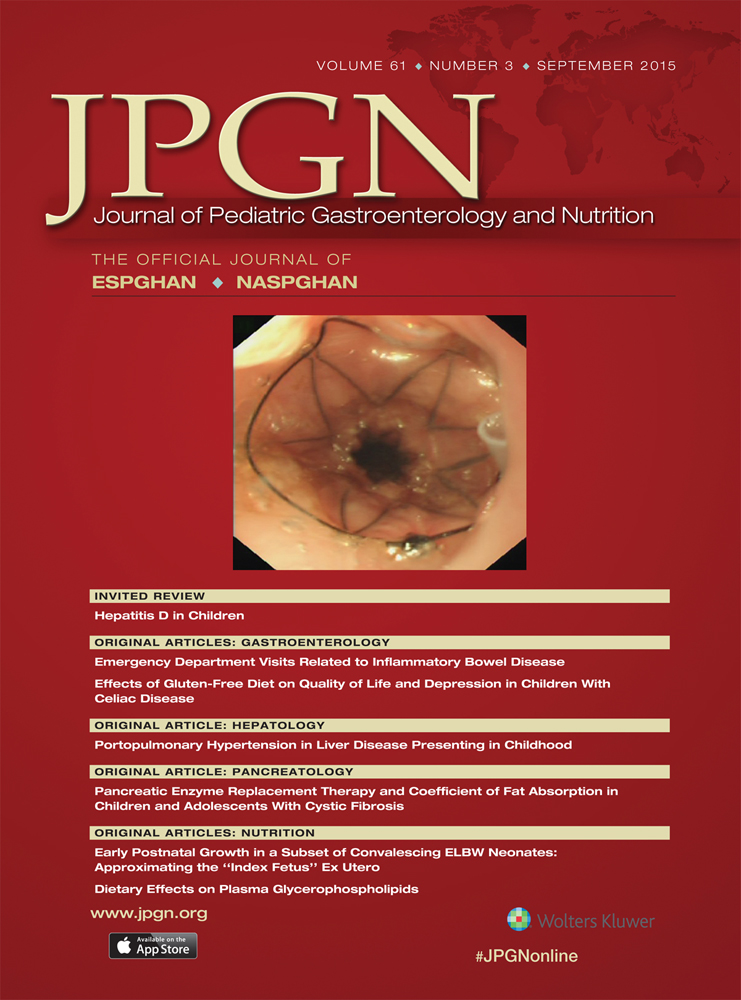Dietary Effects on Plasma Glycerophospholipids
C.P. and D.L. work for the Dairy Goat Co-operative (NZ) Ltd, which manufactured the infant formula used in the study.
This study was supported by Dairy Goat Co-operative (NZ) Ltd, Hamilton, New Zealand. Additional support was received from the European Research Council Advanced Grant ERC-2012-AdG—no. 322605 META-GROWTH.
The authors report no conflicts of interest.
ABSTRACT
Objective:
Human milk provides a complex mixture of animal lipids, whereas the fat supply of most modern infant formula is based on vegetable oils. We studied the effects of breast-feeding and of feeding infant formula either without or with dairy goat lipids on the composition of infant plasma glycerophospholipids.
Methods:
Healthy-term infants were randomized double blind to feeding with infant formula based on whole goats’ milk (GIF, approximately 60% milk fat and 40% vegetable oils) or a control cows’ milk infant formula based on vegetable oils (VIF) from 2 weeks after birth. A reference group of fully breast-fed infants was also followed. At the age 4 months, blood samples were collected and plasma glycerophospholipids were analyzed with liquid chromatography coupled to triple quadrupole mass spectrometry.
Results:
The group of breast-fed infants showed significantly higher contents of glycerophospholipid species containing sn-2 palmitic acid [PC(16:0/16:0) and PC(18:0/16:0)] and significantly higher contents of glycerophospholipid species containing long-chain polyunsaturated fatty acids than infants in both formula groups. The GIF group demonstrated significantly higher glycerophospholipid species containing myristic acid [LPC(14:0), PC(14:0/18:1), PC(16:0/14:0)] and palmitoleic acid [LPC(16:1), PC(16:0/16:1), and PC(16:1/18:1)] than the VIF group.
Conclusions:
We conclude that breast-feeding induces marked differences in infant plasma glycerophospholipid profiles compared with formula feeding, whereas the studied different sources of formula fat resulted in limited effects on plasma glycerophospholipids.




